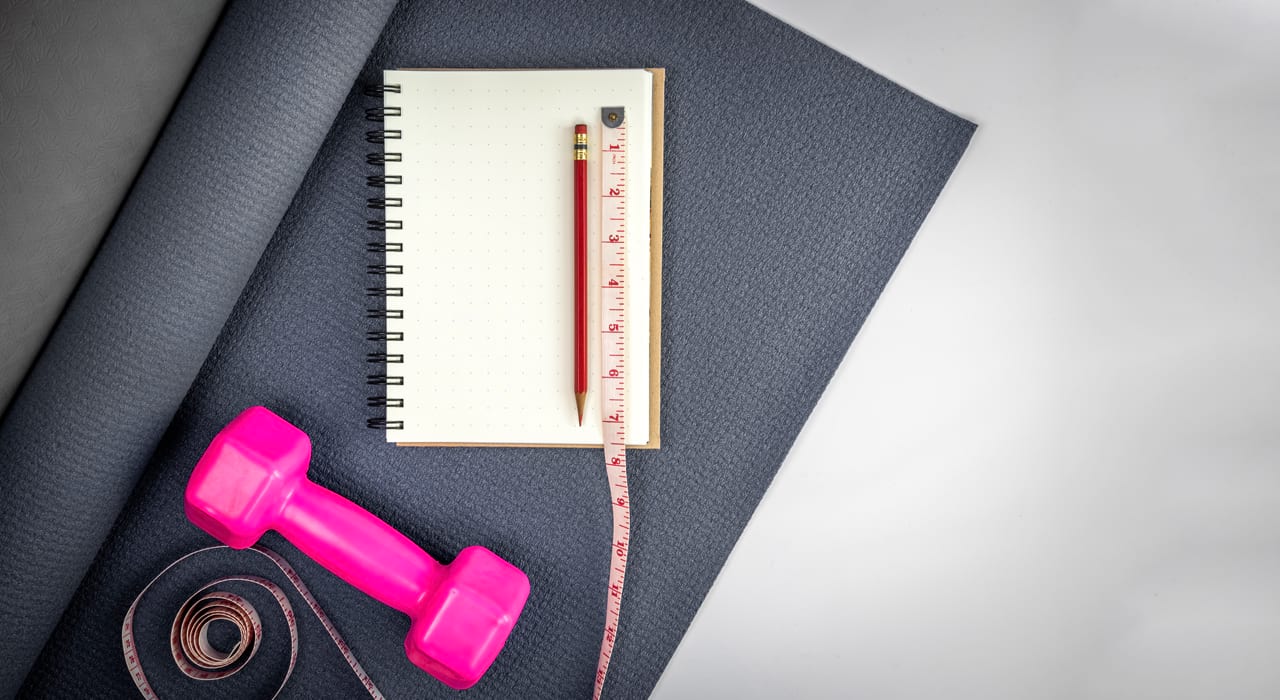Fitness
Why Setting Goals Isn’t Enough To Achieving Results
Knowing what you want and where you want to be is the cornerstone of athletic prowess, but Alice Hector says learning to set goals the right way is the most important first step.
Creating your own personal targets is vital if you want to improve, which is ultimately why everyone does it. If you don’t give yourself clear outcomes early on, you may lose your way and never settle on anything.
A lack of direction leads to confusion and procrastination. You may get there in the end, but it’ll be a slower process full of diversions and U-turns. You need a plan, so here are the simple considerations to make when you concoct yours.
Be specific to make gains
The pathway to achievement has to involve exercises that are specific to your aim. There’s no point setting a one repetition maximum bench press as your goal if your mission is endurance-related. It won’t equate to optimal performance.
But how will you determine if you are on your way to success? Well, you need markers for which to aim. For instance, if your 5km time is currently 31 minutes, then sub-30 minutes would be a great goal, and a simple way to monitor fitness gains.
It would also help if you talk to an experienced coach or trainer about what’s realistic for you. You can then base your training specifically around achieving your targets. If you’re working towards a clear goal, motivation will be at its highest, ensuring you keep coming back for more.
Another important aspect of goal setting is to make the objective challenging, but ultimately achievable. For example, if you’re like me and can barely touch your toes aged 33, then it’s highly improbable you’ll be an Olympic gymnast by the time the year’s out.
But aiming to complete a particular yoga pose, like a downward dog, is a better starting point.
Don’t set your targets around other people
If you’re competitive then plenty of people get sucked into setting goals based upon a finish position: to be top three, or not to be last.
This is a bad idea because setting and achieving goals needs to be under your control. Other people are out of your control. This is where a ‘good execution’ goal or a personal best is a preferable objective by far. Say your sub-30-minute 5K is a short-term goal, and you achieve it within three months – what next? You need a ladder of success.
This will establish small goals to tick off along the way to your one big crazy dream goal. You may want to follow your 5km with another faster one, or successfully complete a 10km event. But what about after that? In the back of your head, you need something grand that makes you a bit scared and will have other people thinking you’re a little crazy.
Also, there’s no point setting something you 100% know you can do, or something that’s going to be too easy. It’s just not challenging enough. Push yourself so you get the most out. It’s far more rewarding than a softly-softly approach. Realistic? Yes, but you can still aim high.
Everyone is capable of great things. Obviously, you have to take baby steps to get there, so starting on the bottom rung of your ladder is always advised. Quite simply: What target would you set yourself if you knew you couldn’t fail?
Write down your targets
Finally, goals need to be written down as soon as possible so you can use them as a reference point during the year when the going inevitably gets tough. Keep a training diary, too, so you can look back and see your progress, for when you have a bad day or lose sight of why you started.
If you do get a niggle or a setback, you can read your diary and usually it’s easy to see where you went wrong. From this, you can develop your programme easily and ensure continual progression. Follow these steps and you’ll quickly usurp the expectations you have for your physique and performance.
Find productive advice and more in every issue of TRAIN for HER magazine.














